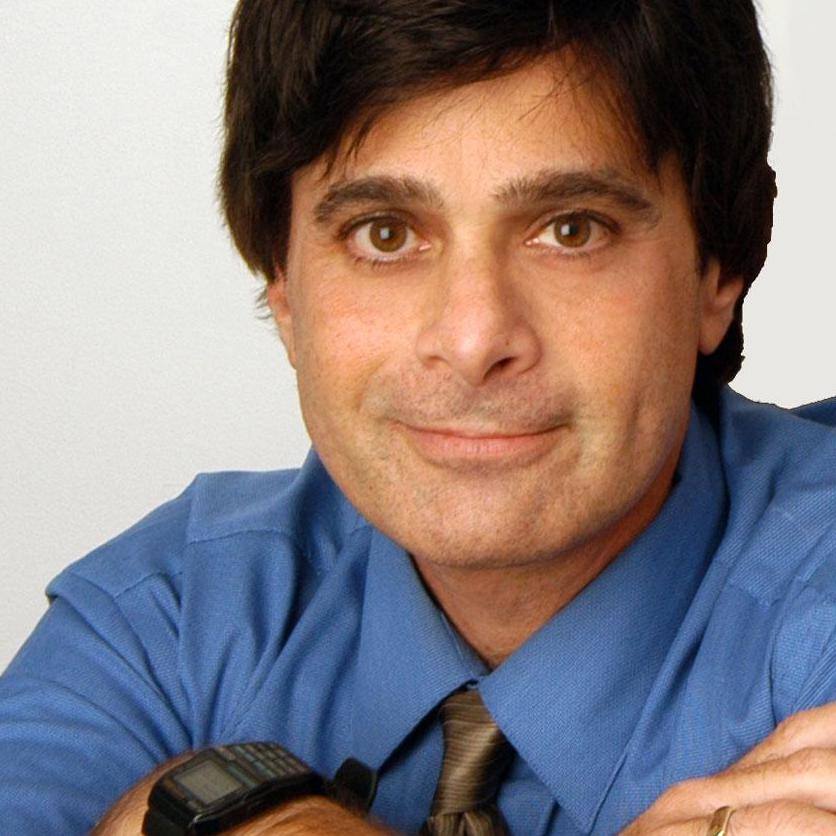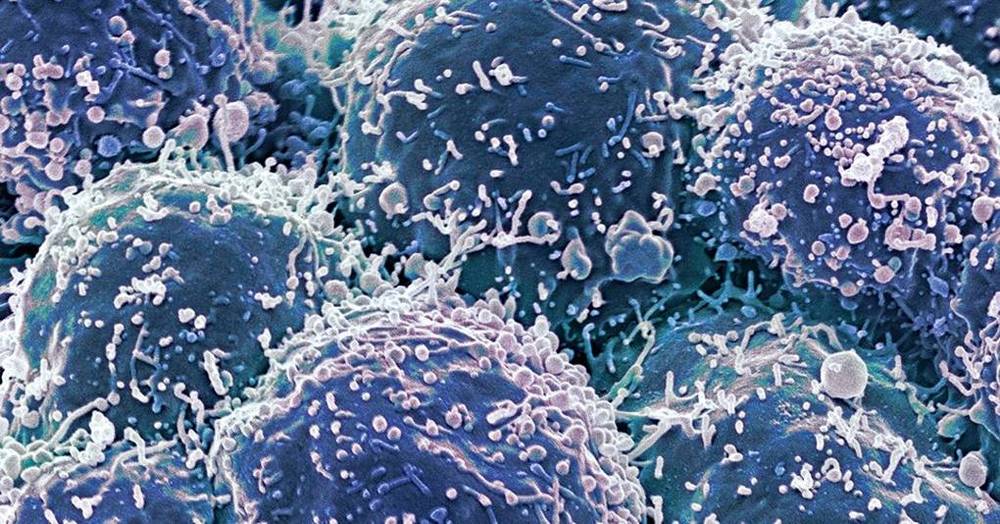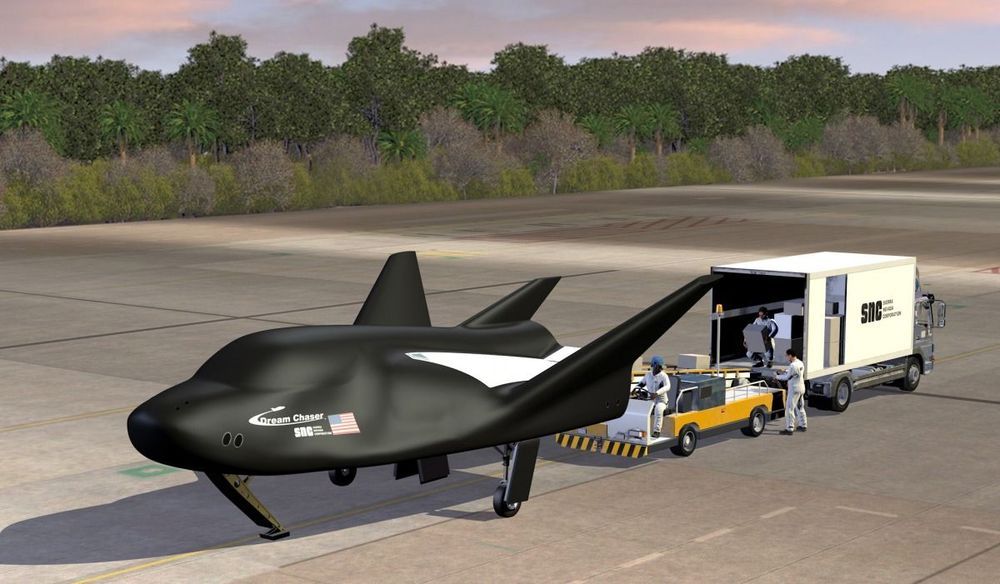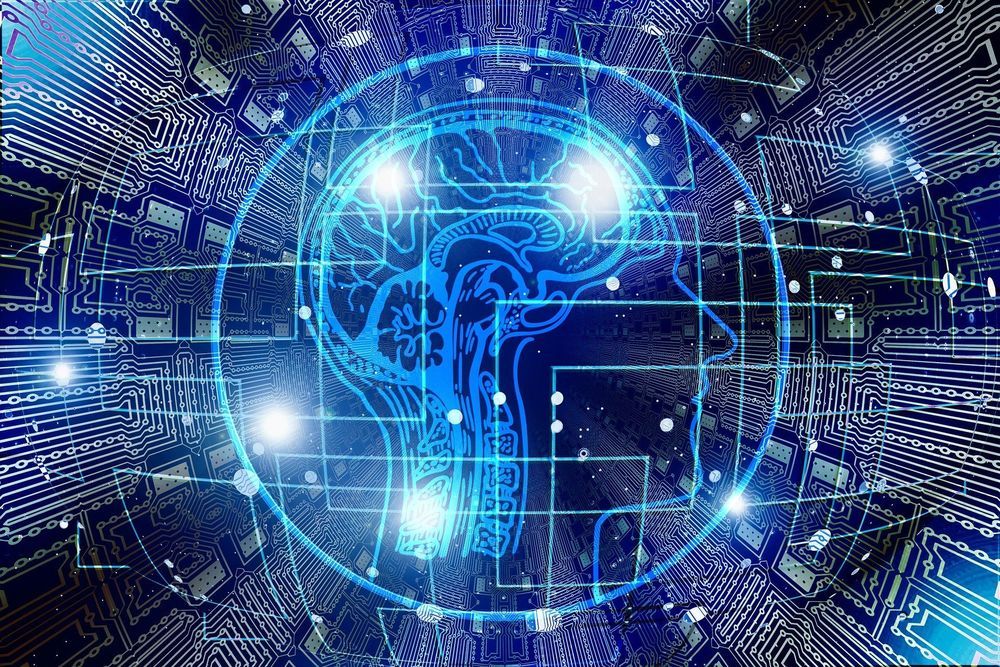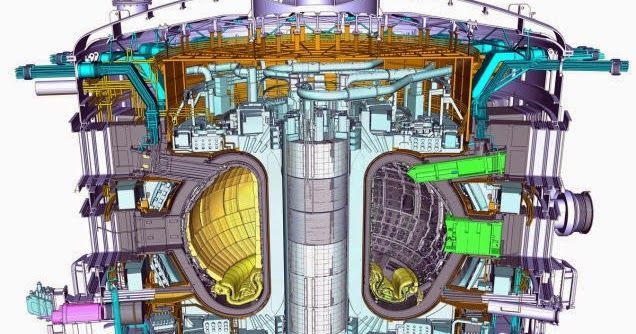Dr. Snyder is Director of the Center for Stem Cells and Regenerative Medicine at Sanford-Burnham Medical Discovery Institute.
“Evan needs no introduction to anyone who works in regenerative medicine; he has been at the pinnacle of that field for decades. I’ve been delighted that SENS Research Foundation has been able to work closely with him over the past few years, especially in the form of his annual hosting of some of our outstanding summer interns — he doesn’t even vet them himself anymore, because he knows how stellar our recruits invariably are! I’m intensely proud to have such a titan of our field on the Undoing Aging program”, says Aubrey de Grey.
